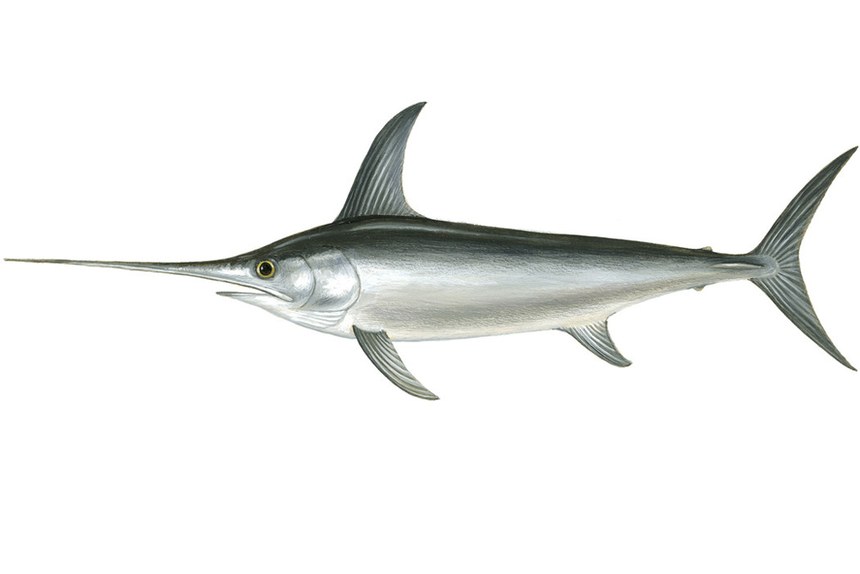Overview
Fisheries are composed of one or more parts, each of which is entitled to receive an MSC certificate. These parts or “units” are defined by their target stock(s), fishing gear type(s) and if relevant vessel type(s), and the fishing fleets or groups of vessels.
When the term “Unit of Certification” is used for fishing units that are in assessment, it refers to the “Unit of Assessment” or “Unit of potential certification”. Expand a status below to view the parts that form this fishery. To check the detailed scope, download the latest certificate or open the Assessments page to get the latest report. Find out more by visiting our page on Fisheries
Catch by Species
| Species | Reported Catch Year | Metric Tonnes |
|---|---|---|
| Swordfish (Xiphias gladius) | 2021 | 7.4 |
Information is provided by an independent Conformity Assessment Body as live weight (the weight of species at the time of catch, before processing) and where a fishing season covers multiple years, the end year is given as the reported catch year. Additional information is available in the latest report, see the assessments page.
About this Fishery
In 2010, North West Atlantic Canada harpoon swordfish became the first ever swordfish fishery to be MSC certified.
The harpoon fishery is a unique hunt-like fishery, in which spotted swordfish are targeted with a spear measuring 4 to 5 meters in length attached with a line to a high-flyer balloon. Once impaled the fisher pulls in the catch. Harpooning is conducted on clear weather calm days, when basking swordfish are easily spotted, from small boats with minimal crew sizes.
Swordfish are a highly migratory species and their distribution is influenced by environmental conditions, in particular water temperature. Therefore, their presence in Canadian waters is often seasonal and closely related to cycles in water temperature. Of all billfish, the swordfish are the species with the greatest tolerance to temperature, tolerating waters ranging from 5-27 degrees Centigrade.
Fisheries targeting swordfish in the Atlantic are managed by the International Commission for the Conservation of Atlantic Tunas (ICCAT), which establishes an annual catch quota for all member countries involved in the Atlantic-wide fishery. Nationally, the Canadian quota of swordfish is managed by the Department of Fisheries and Oceans (DFO) and involves consultation with the fishing industry and stakeholders. The Canadian swordfish harpoon fishery occurs both within domestic waters and in international waters beyond the Canadian Extended Economic Zone.
"Swordfish harpooners in Atlantic Canada have been practicing responsible harvesting techniques for generations and now our practices have been certified as sustainable. We are pleased to receive recognition by the Marine Stewardship Council for our long-running fishery." - Patrick Gray, Swordfish Harpoon Association
Swordfish (Xiphias gladius) illustration © Scandinavian Fishing Year Book
Market Information
Over 90% of the swordfish landed in Atlantic Canada is exported to the United States.
